In São Paulo, an area infamously known as Cracolândia—Portuguese for “Crackland”—has become the world’s largest open-air drug den, plagued by addiction, violence, and despair. For over 30 years, this sprawling zone has been a harrowing testament to Brazil’s struggle with drug addiction and social inequality.
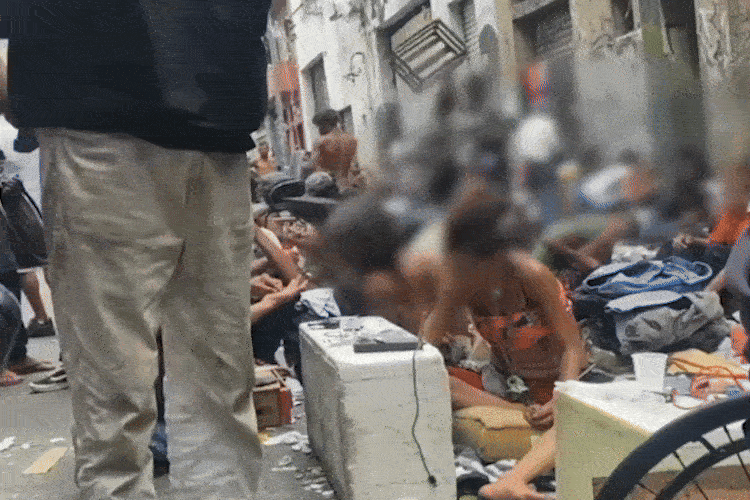
Cracolândia stretches across an area comparable to London’s Soho, drawing hundreds of users daily. Teenagers as young as 13 roam its streets alongside weathered adults, scavenging for recyclables to afford crack cocaine, which costs mere cents.
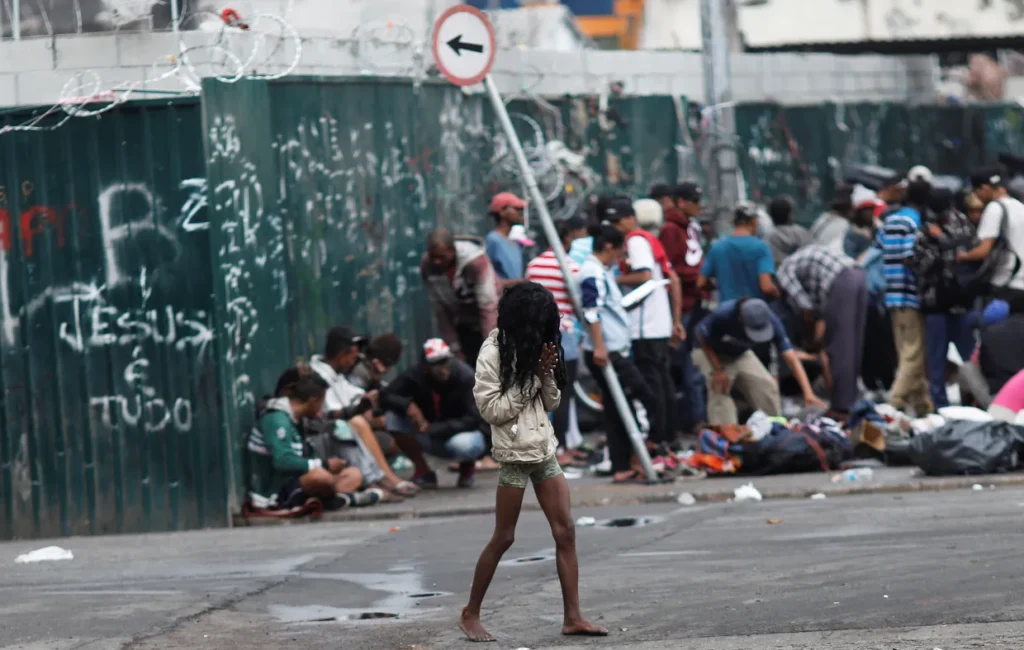
Garbage accumulates in heaps, and the air is filled with the stench of waste, creating an apocalyptic scene that has earned comparisons to “walking corpses” by local police.
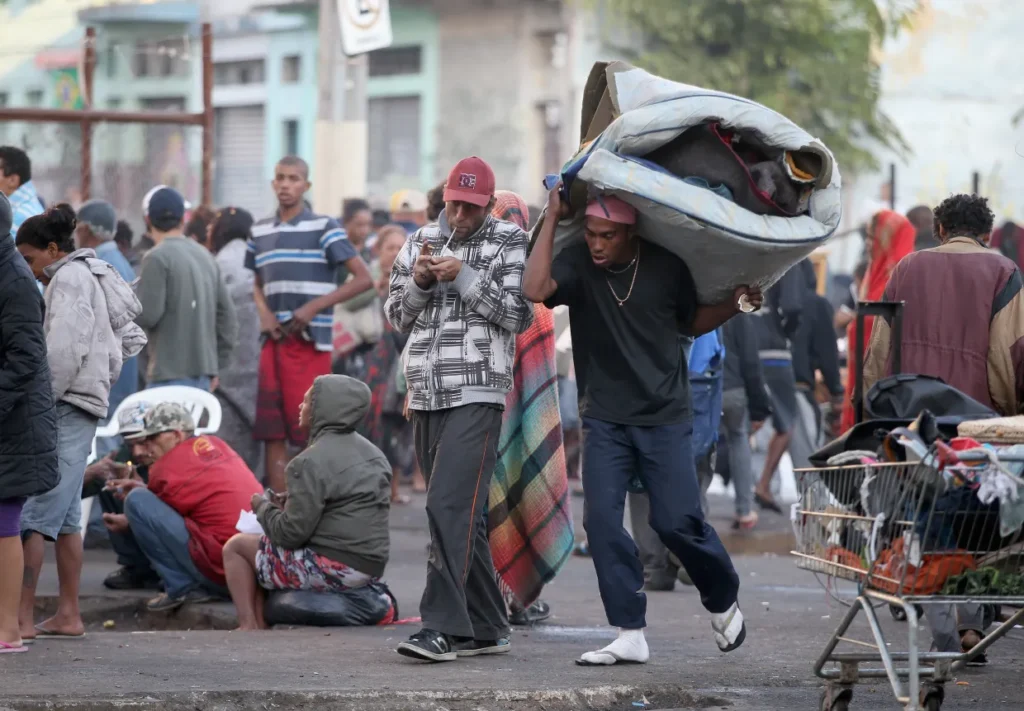
Despite its grim reality, Cracolândia sits conspicuously close to São Paulo’s main train station, Luz, and within blocks of colleges, offices, and cultural hubs.
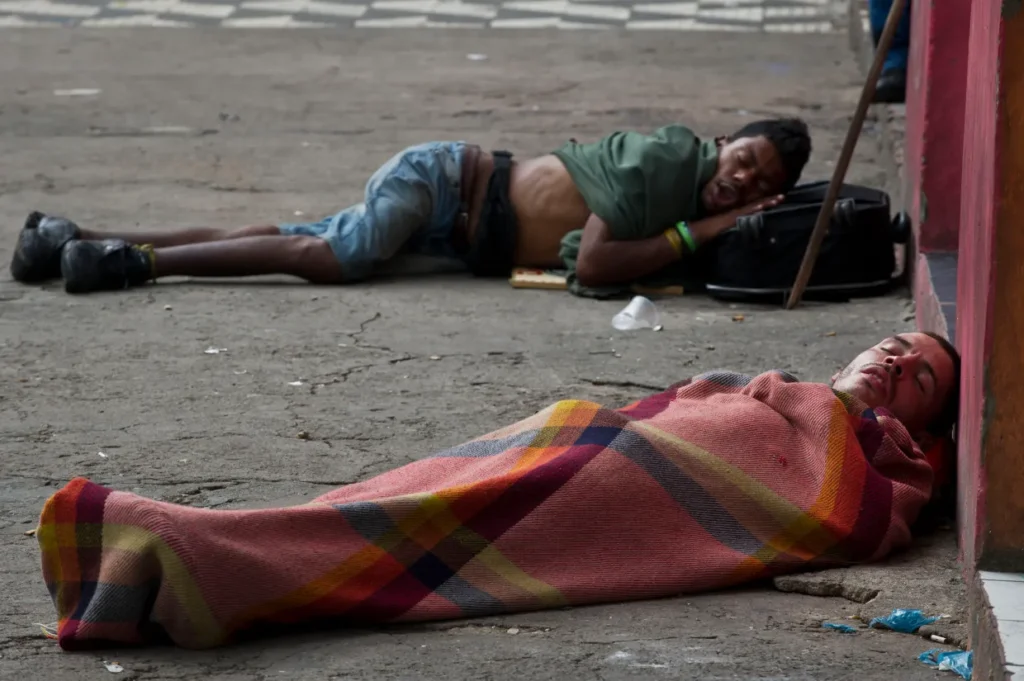
This stark juxtaposition of bustling city life against scenes of deprivation underscores the zone’s infamy and the failure of successive government efforts to dismantle it.
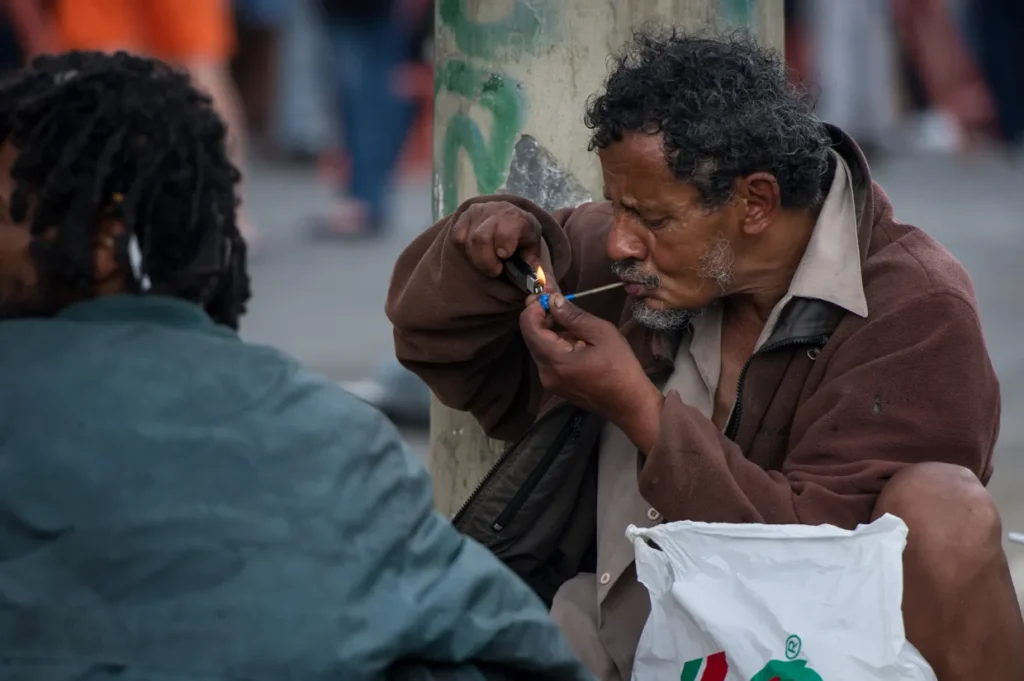
Each new mayor vows to rid São Paulo of Cracolândia, only to see the area resurge. In 2017, Mayor João Doria declared “Crackland is over” after deploying nearly 1,000 police officers armed with rubber bullets and grenades to clear the zone.
But within months, the drug-fueled “fluxo,” or congregation of users, reappeared just meters away, defying attempts at permanent eradication.
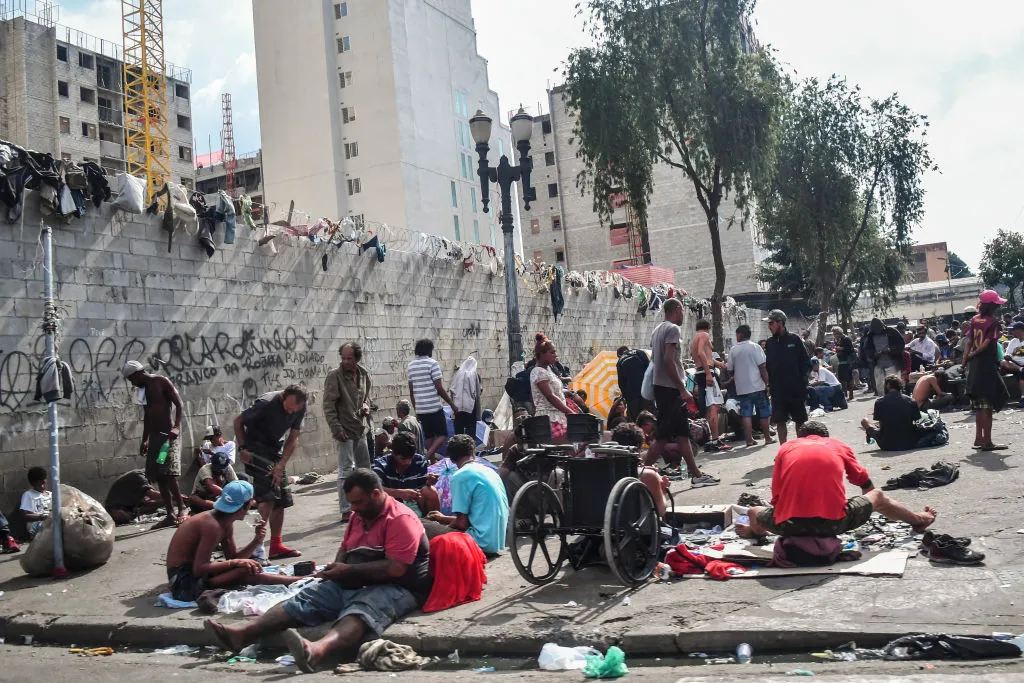
Cracolândia’s resilience is a symptom of Brazil’s broader struggles. The nation has the world’s highest number of crack users, an estimated 370,000 concentrated in urban centers.
São Paulo’s role as Brazil’s economic hub and its proximity to cocaine-producing countries make it a focal point for drug trafficking, controlled by powerful gangs.
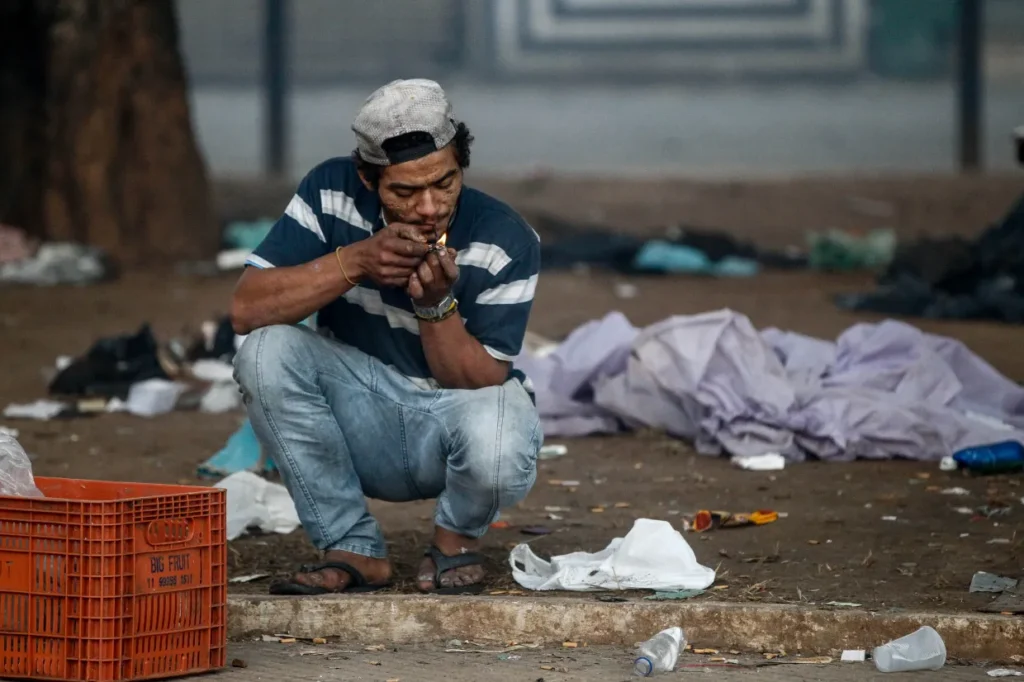
Efforts to rehabilitate the area, such as the 2014 Open Arms program offering shelter and small cash payments for work, showed promise but were ultimately dismantled amid criticism. Meanwhile, the proliferation of “mini-Cracolândias” across the city highlights the intractable nature of the problem.
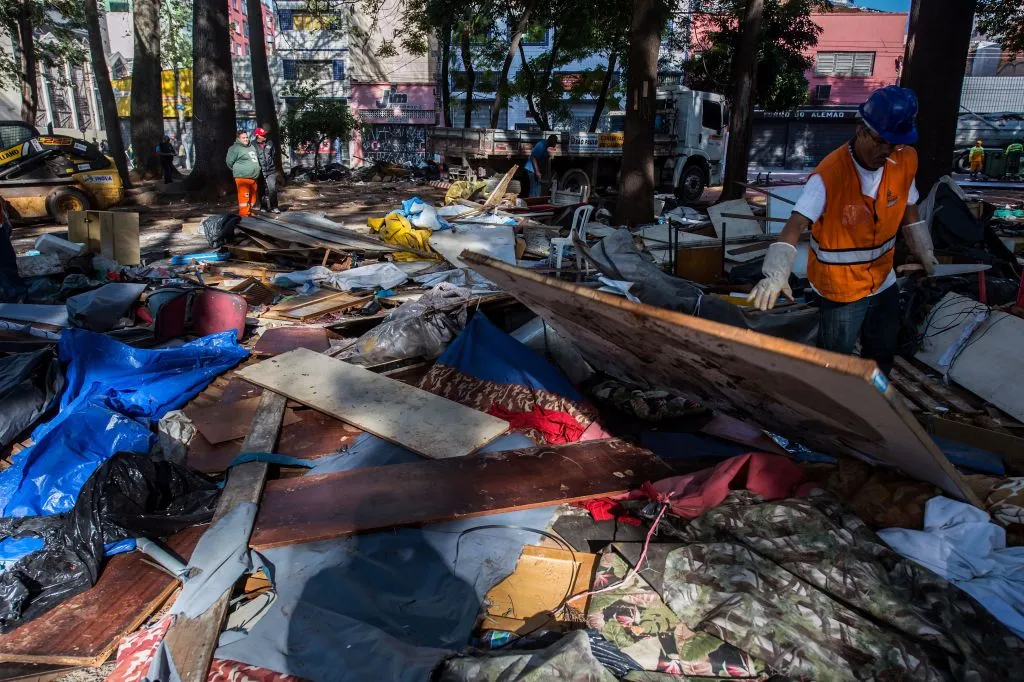
As São Paulo’s mayors continue to grapple with the challenge, experts argue that piecemeal strategies and short-term political goals are insufficient.
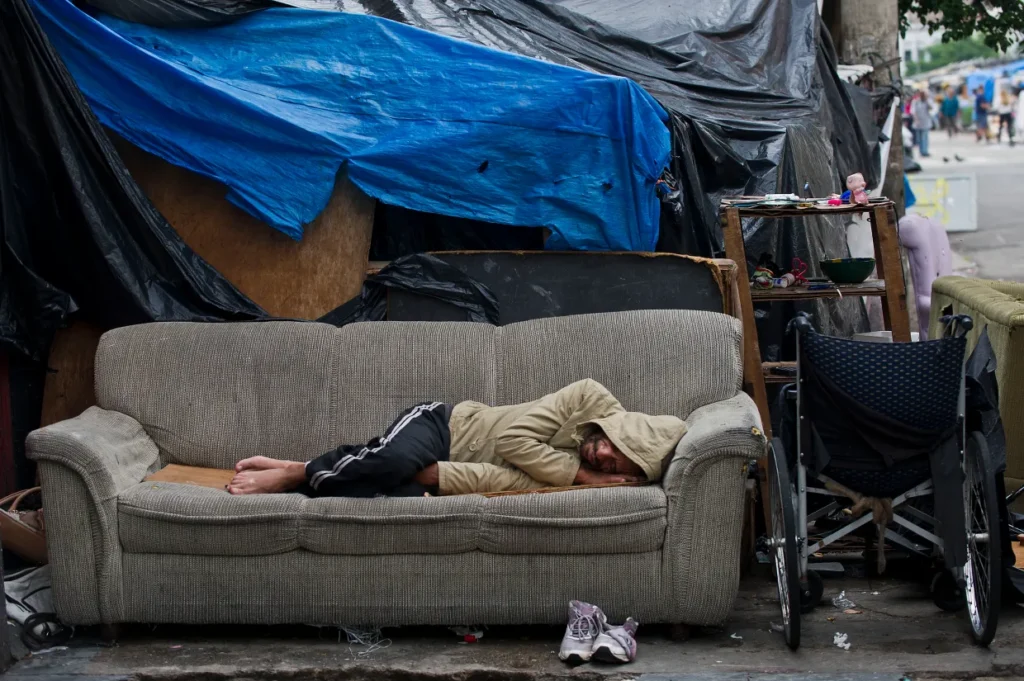
Without a unified, scientifically informed national policy, Cracolândia remains a haunting symbol of Brazil’s ongoing war on drugs—a no-go zone that defies solutions and traps its residents in an endless cycle of addiction.
Source: the-sun.com



